Optimal Timing for Water Well Drilling
Determining the best time for water well drillings depends on various environmental and seasonal factors. Typically, the most suitable periods are during dry seasons when water tables are lower, making drilling more efficient. Conducting drilling during this time can reduce the risk of encountering unexpected water levels and can lead to cost savings.
Dry months often provide better conditions for drilling, as water levels are lower and soil stability is higher.
Monitoring local groundwater levels helps identify the optimal time for drilling to ensure maximum yield.
Avoiding periods of heavy rain reduces the risk of drilling delays and soil erosion issues.
Understanding regional climate trends assists in planning for the most effective drilling window.
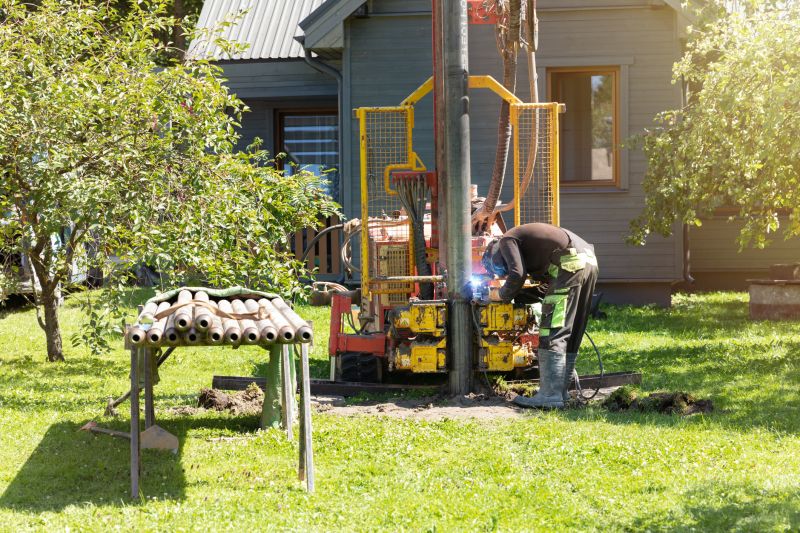
Modern drilling rigs used for efficient water extraction.
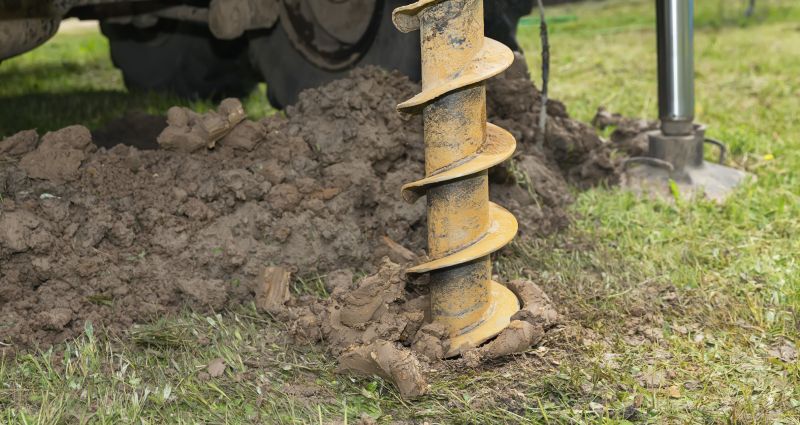
Preparing the site during optimal weather conditions.

The process of drilling into groundwater sources.
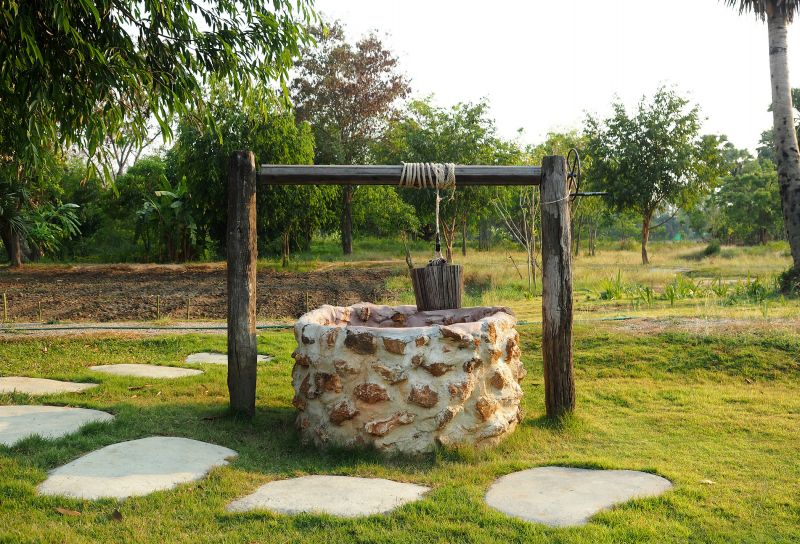
Ways to make Water Well Drillings work in tight or awkward layouts.
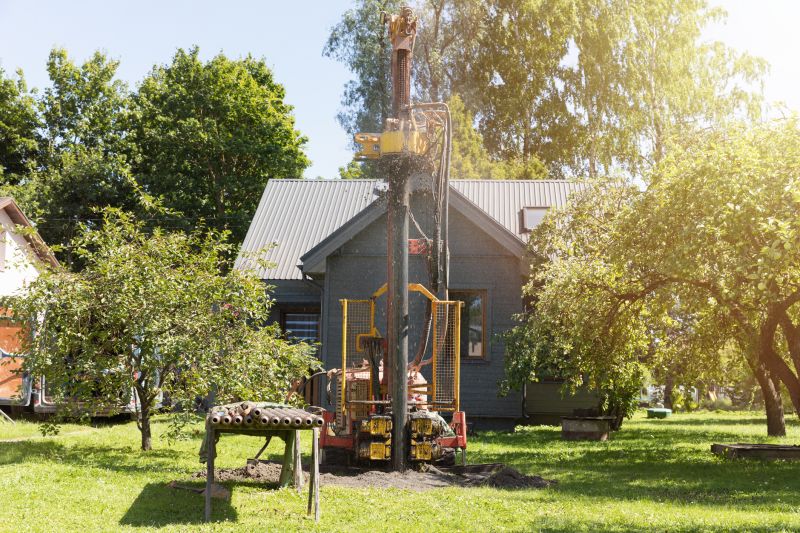
Popular materials for Water Well Drillings and why they hold up over time.
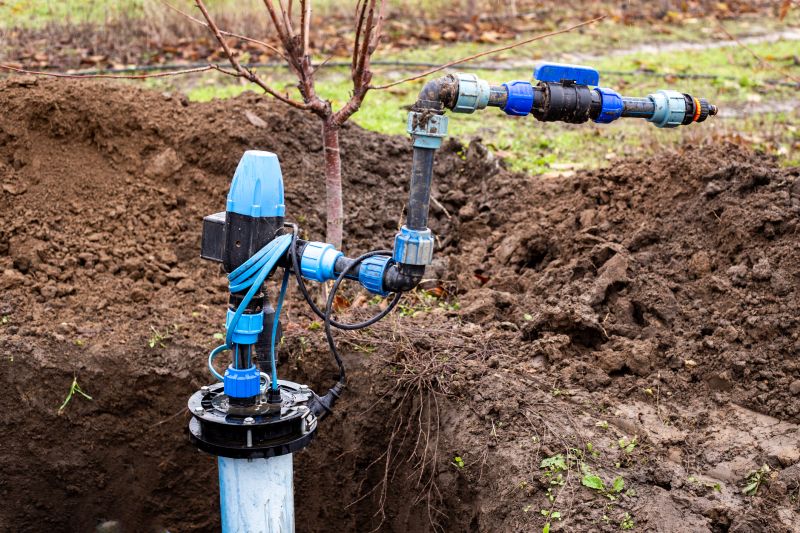
Simple add-ons that improve Water Well Drillings without blowing the budget.
Water well drillings are a critical component of water supply infrastructure, providing access to underground water sources for agricultural, municipal, and private use. The process involves penetrating the earth's surface with specialized equipment to reach aquifers. Proper timing and planning can significantly impact the efficiency and yield of a well. On average, a drilled well can last for decades with minimal maintenance, making it a long-term solution for water needs.
| Factor | Impact on Drilling Timing |
|---|---|
| Season | Dry seasons facilitate easier drilling and higher water tables. |
| Weather | Avoiding storms and heavy rain prevents delays and soil instability. |
| Groundwater Levels | Lower levels during dry periods improve yield predictability. |
| Regulatory Restrictions | Permits may have seasonal limitations. |
| Soil Conditions | Stable soil during dry periods reduces drilling complications. |

Site setup during optimal conditions.
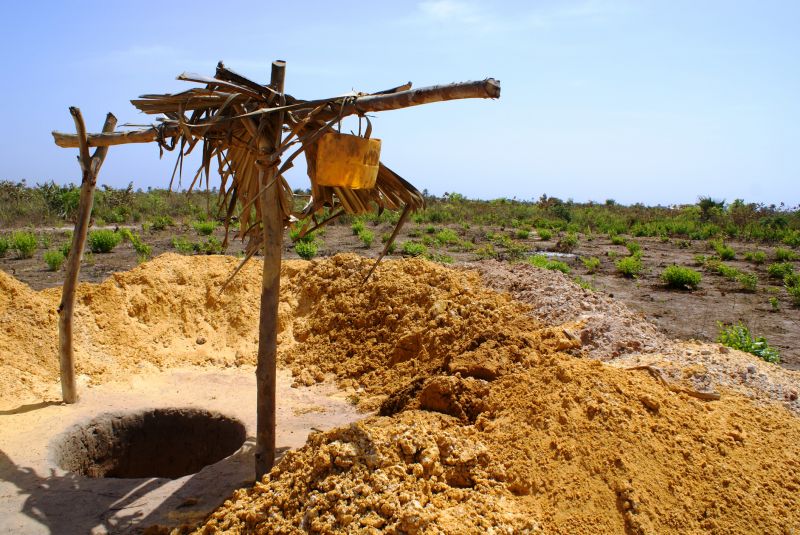
Accessing underground water reservoirs.
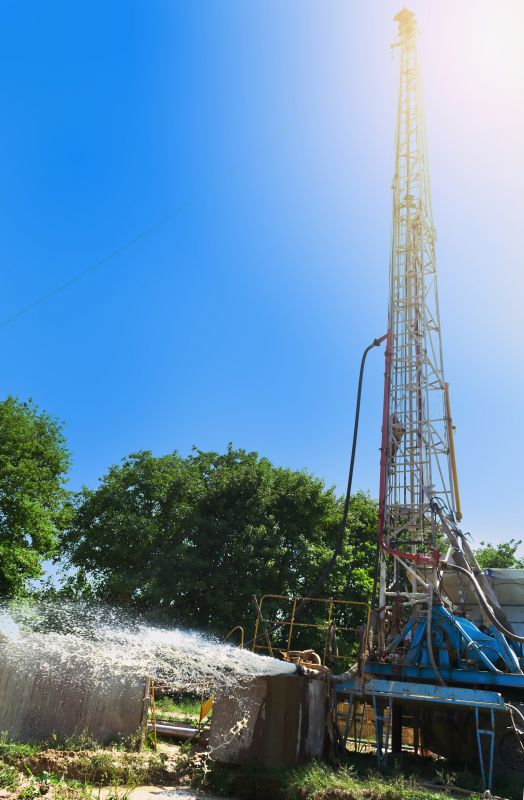
Operational drilling machinery.
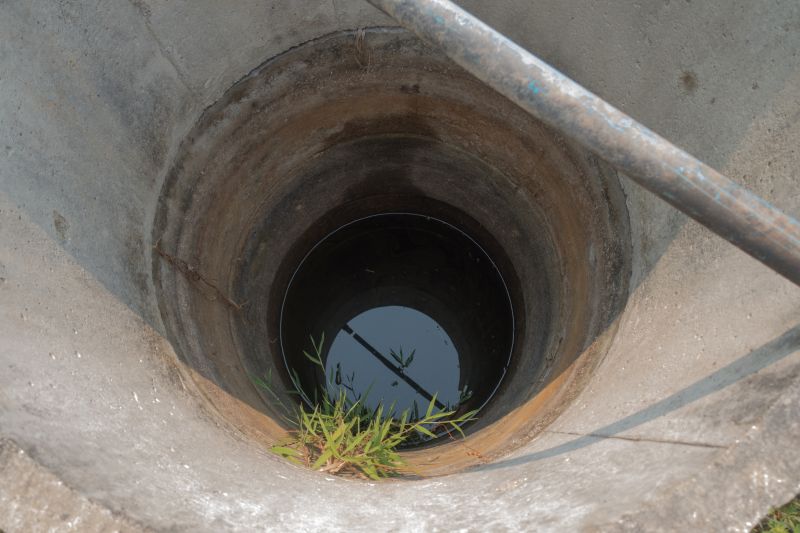
Completed water well ready for use.
Selecting the appropriate time for water well drillings can optimize resource extraction and reduce operational costs. Proper planning involves understanding local climate patterns, groundwater fluctuations, and regulatory schedules. Consulting with experienced drilling professionals can provide valuable insights into the best timing based on specific geographic and environmental conditions.
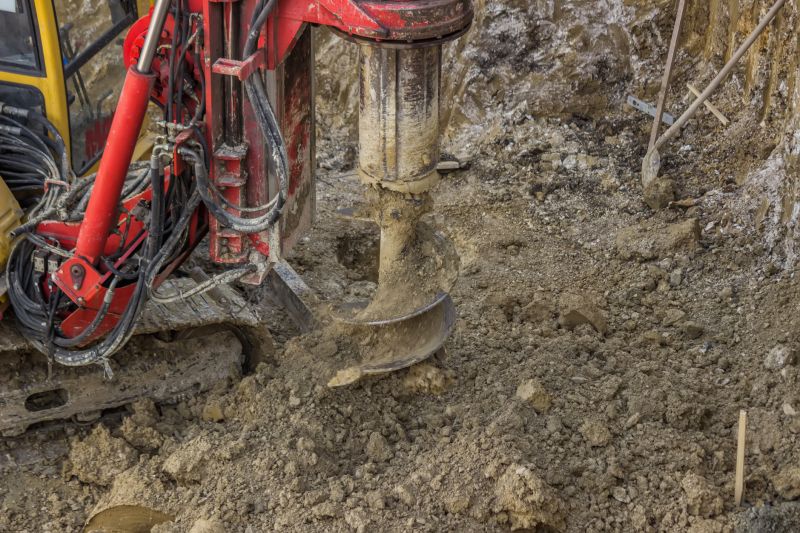
Water being drawn from a drilled well.

Routine upkeep ensures long-term functionality.
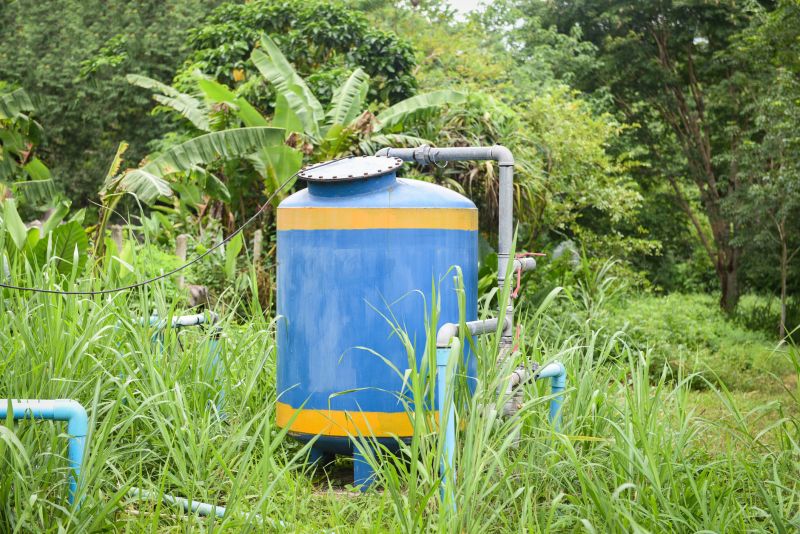
Water supplied for various needs.
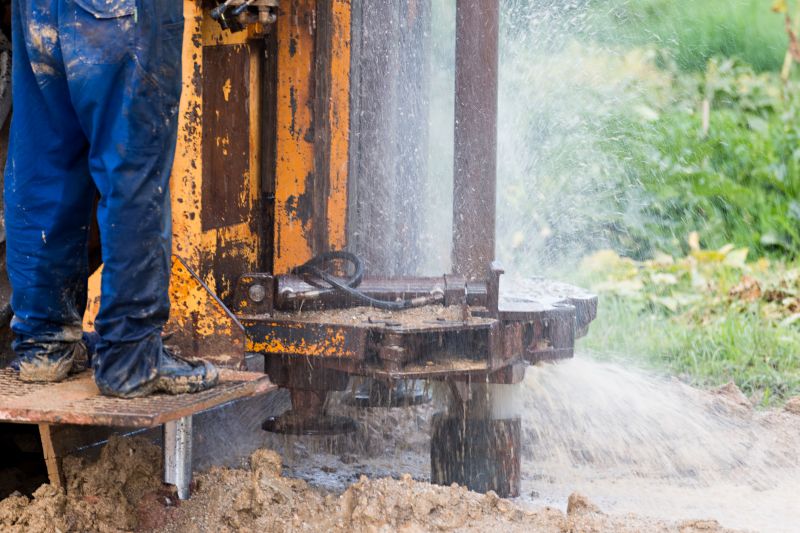
High-end options that actually feel worth it for Water Well Drillings.

Finishes and colors that play nicely with Water Well Drillings.

Little measurements that prevent headaches on Water Well Drillings day.
Interested parties are encouraged to contact for more information or to discuss specific project needs. Proper timing and planning are essential for successful water well drillings, ensuring reliable access to underground water sources for years to come.
